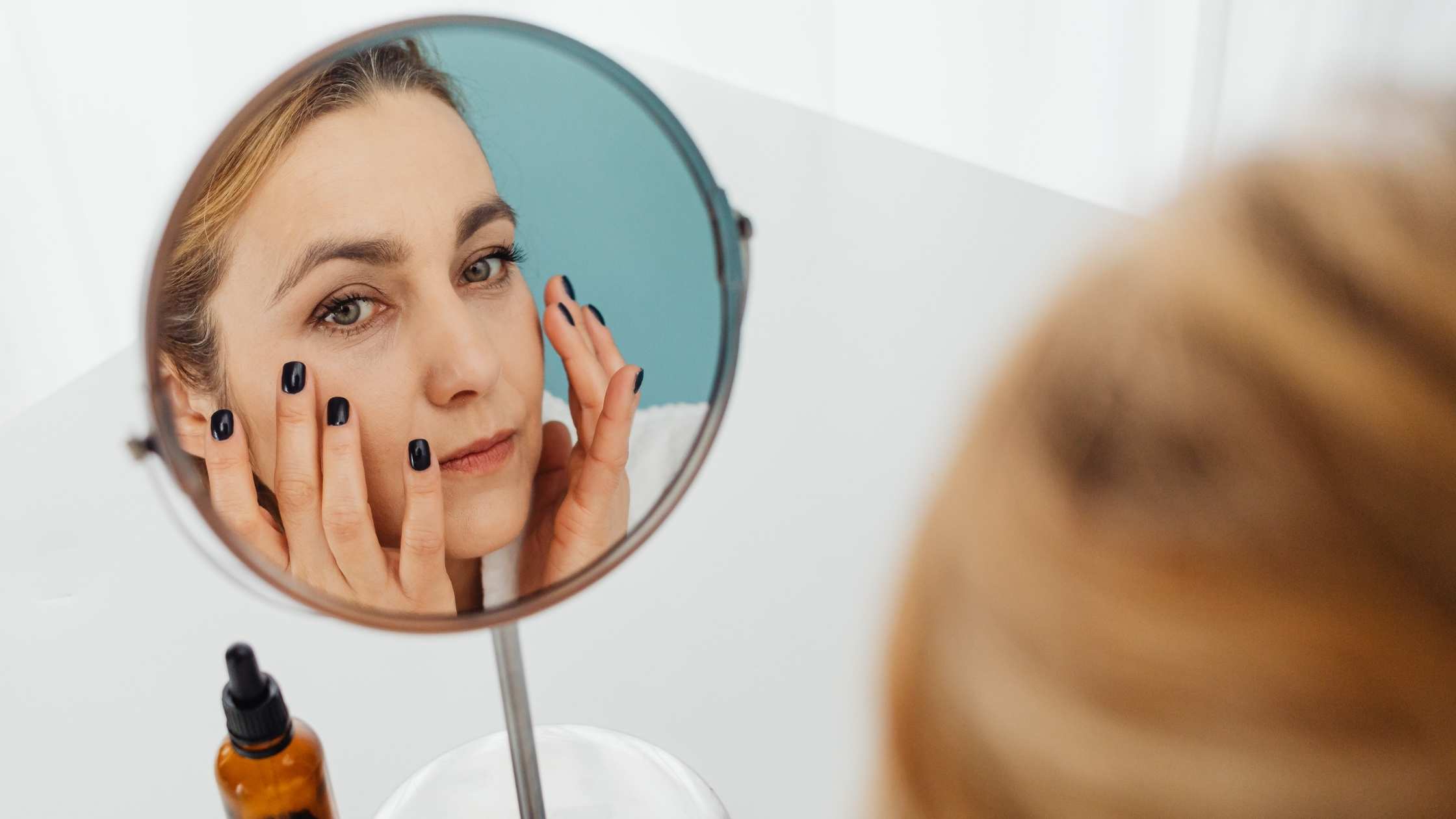"Ozempic Face": Is It Real and Should You Worry?
If you have been scrolling through TikTok or reading health headlines lately, you have almost certainly seen the term "Ozempic Face." It sounds scary - a side effect that supposedly ages you overnight. But before you panic or swear off effective treatments, let’s take a breath and look at the actual science.
As your "Blog Buddy" at GobyMeds, I’m here to separate the viral myths from the medical reality. Here is what "Ozempic Face" actually is, why it happens, and how you can protect your glow while reaching your health goals.
What Is "Ozempic Face," Really?
First, it is important to know that "Ozempic Face" is a nickname invented by social media, not a formal medical diagnosis. However, the physical changes it describes are real.
Scientifically, this phenomenon is known as facial lipodystrophy or simply facial volume loss. Our faces have distinct "fat pads" located under the skin that provide structure, volume, and that youthful "plumpness" to our cheeks and jawline. When we lose weight, we don’t just lose it from our waistline; we lose it from our entire body, including our face.
According to research published in journals like Plastic and Reconstructive Surgery and Archives of Plastic Surgery, when you lose a significant amount of weight quickly, two things happen simultaneously:
- Volume Depletion: Those structural fat pads shrink, causing the skin to lose its support system.
- Skin Laxity: If fat is lost faster than the skin can retract (shrink back), the skin may sag, leading to more visible wrinkles or a "hollowed" look.
Is the Drug Attacking My Face?
No. This is the most important myth to bust.
Research confirms that these facial changes are a result of rapid weight loss, not a toxic reaction to semaglutide or tirzepatide.
In fact, this same "gaunt" look is commonly documented in patients who undergo bariatric surgery or extreme crash diets. The medication itself isn't targeting your face; it is simply helping you lose weight. If that weight loss happens too fast, your skin (especially if you are older and have less natural collagen) struggles to keep up.
As the medical team at GobyMeds notes, "The faster you lose weight, the more likely that your face will show signs of the weight loss."
How to Protect Your Face
The good news is that "Ozempic Face" is largely preventable if you approach your weight loss journey with patience and medical supervision. Here is how to keep your skin looking healthy while you shed the pounds.
1. Slow Down the Pace of Weight Loss
This is the #1 rule. Losing weight too fast puts massive stress on your body and doesn't give your skin time to adjust to your new shape. A healthy, sustainable rate of weight loss is considered to be 1 to 2 pounds per week. This steady pace allows your skin to contract naturally, reducing the risk of sagging.
2. Prioritize Protein
Your skin needs structural support, specifically collagen and elastin. If you are in a severe calorie deficit and not eating enough protein, your body might break down muscle and tissue to get energy.
The Fix: Include a source of lean protein (chicken, fish, tofu, Greek yogurt) with every meal. This provides the amino acids your body needs to preserve muscle and skin integrity.
3. Stay Hydrated
Rapid weight loss often flushes out water weight first, which can lead to dehydration. Dehydrated skin looks duller and shows wrinkles more easily. Drinking plenty of water supports your metabolism and keeps your skin cells plump and resilient.

What the Research Says
- It's about speed, not chemistry: Research confirms that rapid weight loss from any cause - including bariatric surgery - leads to the exact same changes in facial aging as GLP-1s.
- It's measurable: Recent studies have tracked patients on GLP-1s and found that as body weight drops, "cheek volume" decreases and "jowl volume" can appear more prominent due to skin laxity.
- Collagen is key: Preserving collagen and elastin is the primary way to combat these changes, often achieved through proper nutrition and a managed rate of weight loss.
For Further Reading on "Ozempic Face"
- Effects of Bariatric Surgery on Facial Features (Archives of Plastic Surgery)https://pubmed.ncbi.nlm.nih.gov/26430627/
- Facial aging after GLP-1 receptor agonist–induced weight loss: the emerging Ozempic face phenomenon(Journal of Diabetes & Metabolic Disorders) https://pubmed.ncbi.nlm.nih.gov/41210112/
- Hyperdilute Radiesse Preserves Facial Volume in Glucagon-Like Peptide-1 Receptor Agonist Users Undergoing Rapid Weight Loss (Aesthetic Surgery Journal Open Forum)https://pubmed.ncbi.nlm.nih.gov/41127050/
The Bottom Line
"Ozempic Face" isn't a mysterious condition; it is just a sign that weight loss might be happening too quickly. This is exactly why GobyMeds emphasizes a medically supervised journey. We monitor your progress to ensure you are losing fat at a rate that is safe for your heart, your muscles, and yes, your face.
This short video is a great resource for understanding Ozempic face:




.svg)